Living Planet
Nature · Earth · ClimateNature Notes: September 2021
THE SCENIC ROUTE
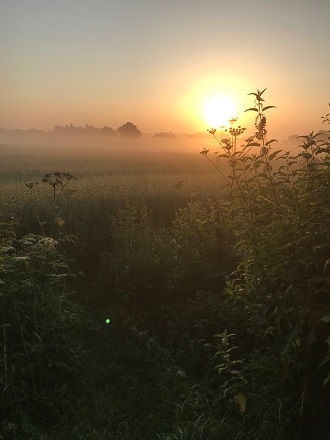
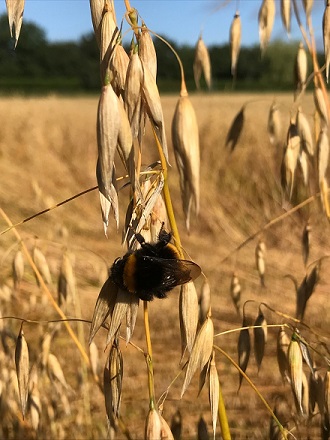
The dawn sky is blushing deep crimson and all is still, save a faint breeze that's heading towards me, as I wend my way along a path around the edge of a field. A bronze Roe buck is trotting ahead, unaware, for a while, that I'm following the same trail, but then suddenly he turns back and his pace quickens as he continues to check how much distance there is between us. A little further on he leaps a fence and is gone.
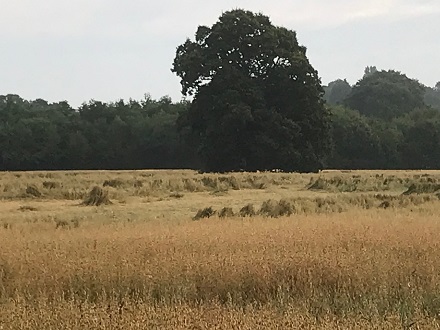
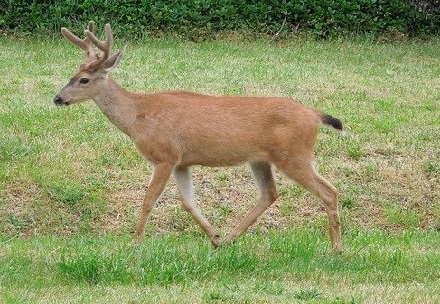
Over the summer, I've come across a variety of Roe dear 'resting' sites, often metre long impressions in the long grass right at the edge of a field. This one, full of oats, where the crop has been flattened in places by the rain, somewhat resembles a seascape with areas of still and choppy water but dotted by island 'peaks' that look more like old corn stooks in a Constable painting.
Other animals choose resting sites in scenic locations too. Badgers make 'couches' from dry grass or other vegetation, to lie above ground, (I like to think under the stars at night) and rest in between bouts of foraging. One early morning as I trod a steep path that curled upwards into a horizon of land meeting sky, I came across a stunning vixen who nonchalantly settled down to snooze in a snug footwell provided by an oak tree, only a few feet away. If she could have kept her eyes open, she would have had a wondrous view, but she seemed to know I was no threat and was heavy-lidded as if she'd had a night on the razzle and was unashamedly and brazenly tumbling into sleep.
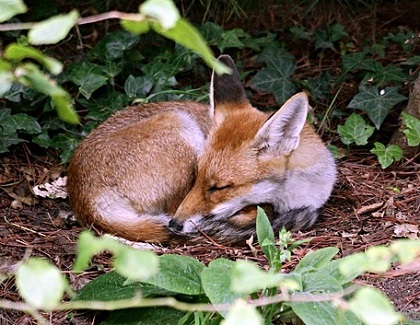
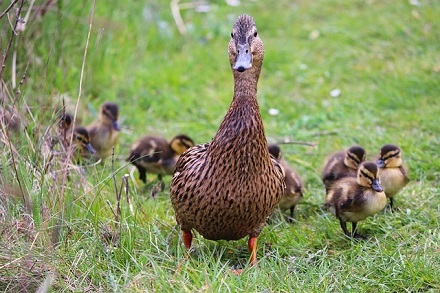
The path where I saw her could have been woven for hundreds of thousands of years. It might even have been trodden by dinosaurs up until 65 million years ago although they would have been 'wading' at the time, as the Horsham Stone, quarried here and locally (where many dinosaur bones, footprints and skeletons have been found) was deposited as sandbanks and river sediments in a large river that flowed across Sussex over 130 million years ago.
We know that the Romans used Horsham Stone to help build Stane Street, but way before then, Neolithic man lived here (c. 4000 - c. 2,500 BC), deforesting areas of woodland to 'clear' land for the introduction of farming. Slinfold was named after 'Slyn', taken from the Saxon word meaning 'on the side of a hill', and 'Folde' meaning 'clearing' and some years ago my neighbour found a Neolithic hand-axe in the field behind her house, which is now in the British Museum. I try and imagine our woods being full of elk, aurochs (wild ox) and the odd bear up until this point, when they started to become extinct. More recently I've been wondering how nature may have inspired the writing of the poet Percy Bysshe Shelley, born in Warnham in 1792, as he traversed the fields in and around Slinfold, from his childhood home. Was he similarly transfixed by the intoxicating scent of late-mown hay, sweetened by the dew, as skylarks soared above as he followed in the silent footsteps of an animal ahead?
Off the beaten track, this is the month for Roe deer rutting. As the bucks follows the does, they tend to make well-trodden circular or 'figure-of eight' tracks around trees or bushes, known as 'ring-running'. Elsewhere you may spot their regular 'highways' at most used junctions, such as the crossing points over our streams where they scramble up the banks. Fox's routes in comparison are barely perceptible and are usually very narrow, leaving more of an 'impression' in the grass and badger's are typically the width of a ruler, in fields where they regularly rummage around for food.
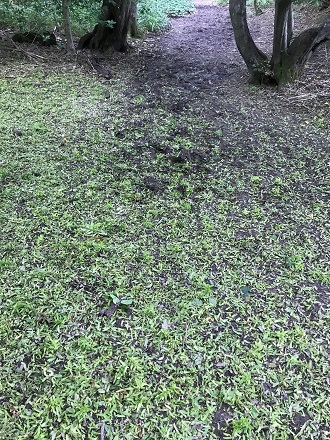
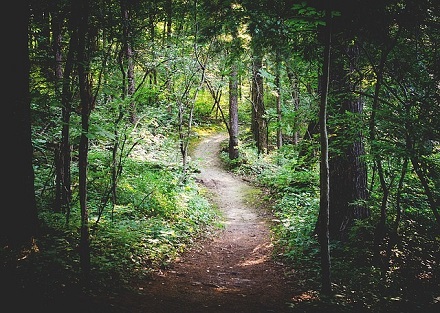
As I write, our countryside larder is still overflowing. During August, in the woods where young saplings act as nature's handrails alongside more leafy squelchy aisles, the mud and dark soil were strewn with crunchy cobnuts and bunched flowing seed heads, downed early by heavy rains - but already nibbled by those on the forest floor. For weary pilgrims, nutty textured Himalayan Balsam seedpods are exploding by our streams and by mid-September, pairs of three-sided nuts in bristly cases should start to fall from our Beech trees with their triangular seeds that taste like pine nuts.
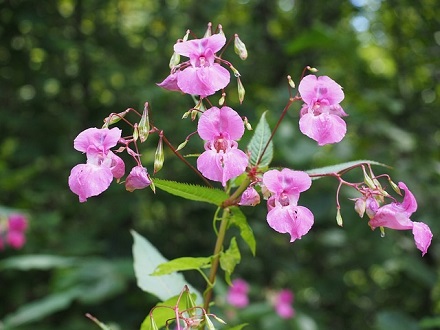
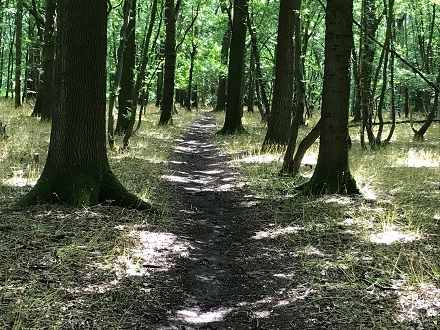
I've been enjoying the unexpected blessing of new birdlife still around us. Jemima Puddleduck had a late brood of ducklings on a temporary lake in a cow field at Dedisham and a bustling babble of baby birds in extended families (blue and great tits, long-tailed tits and sparrows) have been busying themselves at my garden feeder. Above, the swifts are still swooping and twittering as they teach their young to pull insects from the air before their imminent departure to Africa.
September is traditionally a month of new beginnings and of fresh direction. Whichever trail you choose to take, may whomever and whatever you see and greet, warm your soul as well as your soles and help you put your best feet forward for the coming season.